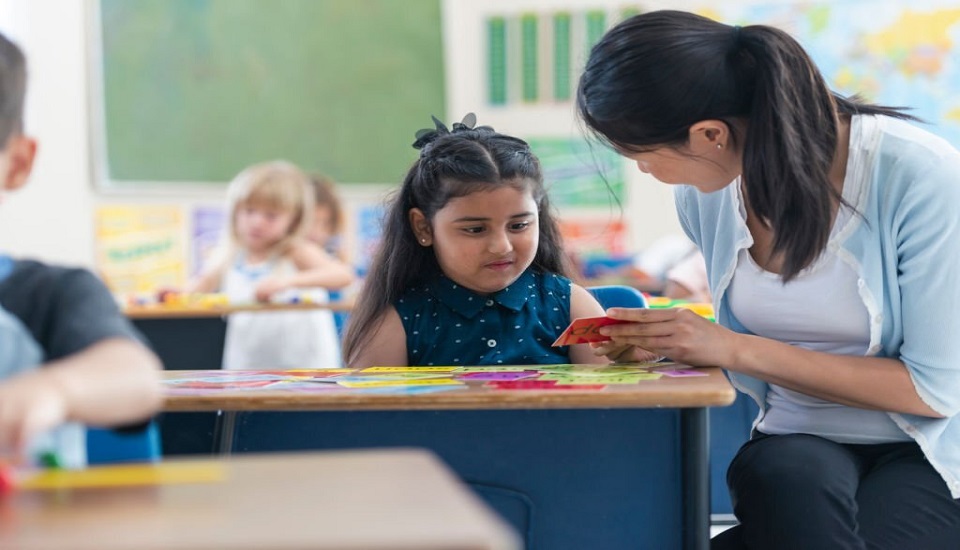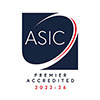Tips And Tricks To Create An ADHD Friendly Classroom
8th April 2022

If you’re a teacher, you are aware of those particular kids who would stare out the window, substitute the arc of a bird in flight for her math lesson, the one who wouldn’t be able to keep his rear end in the chair if you used super glue, the one who answers the question, “What are the seven colours of the rainbow?” with “Ma’am, do you dye your hair?”.
Learners exhibiting ADHD’s trademark symptoms of inattention, impulsivity, and hyperactivity can give you trying times. You know that the intellect is there, but they’re just somehow unable to focus on the lesson or material which you’re working hard to deliver. Plus, their behaviours take valuable time away from instruction and interrupt the whole class.
Learners with ADHD may:
- Demand attention by talking out of turn.
- Move around the room.
- Face trouble following instructions, especially when presented in a list, and with operations that necessitate ordered steps, such as long division or solving equations.
- Oftentimes, they forget to write down homework assignments, work on them, or bring the completed work to school.
- Often lack fine motor control, which leads to difficulty in note-taking and illegible handwriting.
- Have problems with long-term projects where there is no direct supervision.
Contemplateon what the school setting requires learners to do: sit still, listen quietly, pay attention, follow instructions, concentrate etc. These are exactly the things that kids with ADHD or ADD have a hard time doing; not because they aren’t willing, but because their brains won’t let them. That makes teaching them to be a challenging task.
Young individuals with ADHD often suffer the consequences for their problems like low grades, scolding and punishment, teasing from their peers, resulting in low self-esteem. In the meantime, you as the teacher certified in ADHD courses for teachers, are trying your best to help the child with ADHD and wrap up listening to complaints from parents feeling that their kid/s are being neglected in the classroom. But it doesn’t need to be this way. There are strategies you can implement to help students with ADHD get over learning challenges, stay focused without disturbing others, and succeed in the classroom.
So, on your quest to help children with ADHD, what are the ways to creating an ADHD friendly classroom?
Classroom accommodations for ADHD learners
As an educator, you can make changes in the classroom to help minimize any distractions and interruptions for ADHD learners.
Seating arrangements
- Make the particular student/s sit away from windows and doors.
- Thestudent/s with ADHD should sit right in front of your desk,or else the student might get distracted.
- Seats arranged in rows, in a way that the focus is on the teacher, usually works better than students seating around tables or facing one another.
- Prepare a quiet area free of disruptions for test-taking and quiet study purposes.
Information delivery
- Instruct ADHD learners one at a time and repeat as required.
- Try working on the most challenging material early in the day.
- Use visuals such as charts, pictures, colour coding etc.
- Create outlines for note-taking that organize the information as you deliver it.
Student work
- Make worksheets and tests with fewer items, conduct frequent, short quizzes rather than long tests; also, reduce the number of timed tests.
- Test students with ADHD in a way they perform best, be it orally or filling in blanks type.
- Segment long-term projects and assign a completion goal for each of it.
- Accept any late work and provide partial credit for partial work.
Organisation
- Ask the learner to keep a master-folder with a separate section for each subject, and make sure everything that goes into the notebook is put in the assigned section, better if colour-codedaccording to each subject.
- Provide a three-pocket notebook insert for homework assignments, completed homework, and ‘mail’ parents (permission slips, PTA flyers).
- Ensure that the student has a system for writing down assignments, important dates and uses it.
- Permit students the time to organize materials and assignments and for home. Post steps for getting ready or prepare to go home.
Listed below is a checklist for parents and teachers to utilize to aid children with ADHD in a proper way to fulfil their needs for stimulation and competence.
Goal 1 –Stimulation requirement (Movement and Choices)
- Movement among centres and seats
- Activity breaks
- Active response tasks
- Choice of tasks and reporting methods
- Choice of jobs and responsibilities
- Choice of learning groups
Goal 2 – Needs Competence
A. Academic Competence
1. Tasks
- Compact length (chapters)
- Self-paced
- Interests used in instruction
- Colour (overlays, markers, paper)
- Relevant colour used
- Computers provided
- Explain how to visually plan
- Make global points and outlines
2. Settings
- Interesting centres
- Use of gamification in teaching
- Animals present
- Availability of music
- Checklists, prompt cards used
- Activities or toys for delay time
B. Social Competence
- 3 times more positives than negatives
- Intense, emotional rewards
- Private, firm, soft reprimands
- Show personal interest in the learner
- Peer activities with rules
- Cooperation is taught and rewarded
Final thoughts
Children with ADHD look for change/innovation and high-interest activities. They perform best with an engaging and active curriculum at school along with an environment that addresses their issues in an apt manner. Thus, incorporating physical movement and motor activities throughout the day, increases their proactivity. When they’re involved in a cognitive activity, ADHD children often profit from choices, rather than solely adult-directed tasks. With their inherent curiosity, these children have a great potential for learning. SEN online courses equip you with the requisite skills to understand the unique and individual needs of your special learners and tend to them withyour warm support and personal attention.












